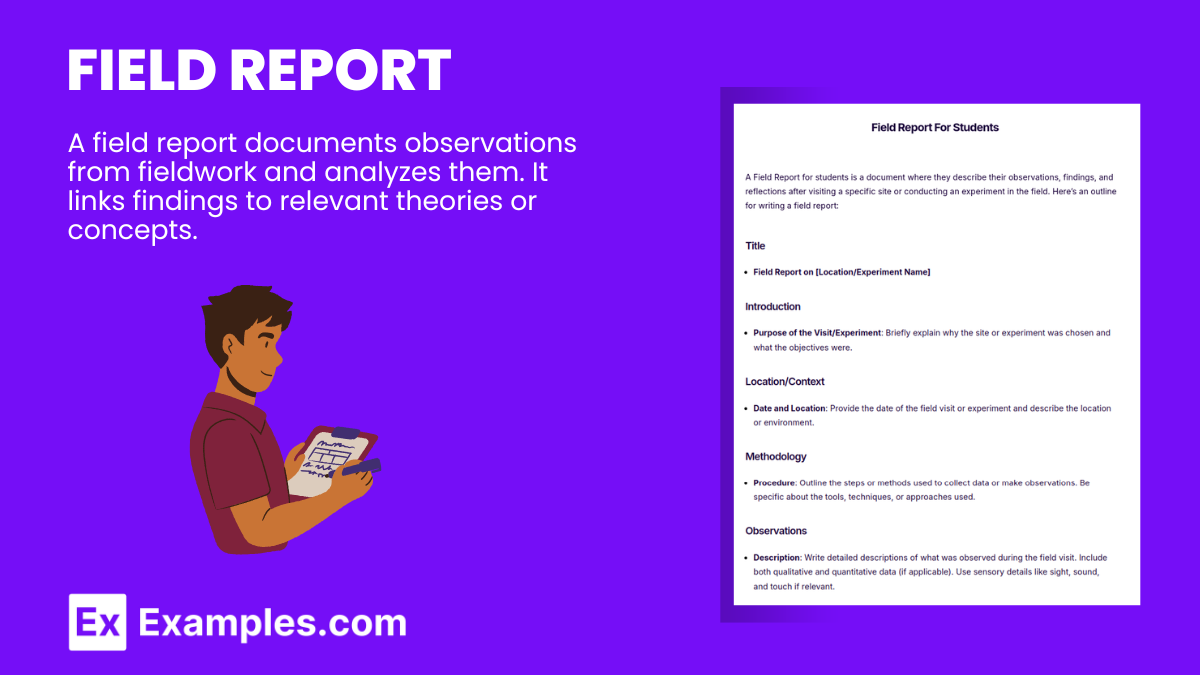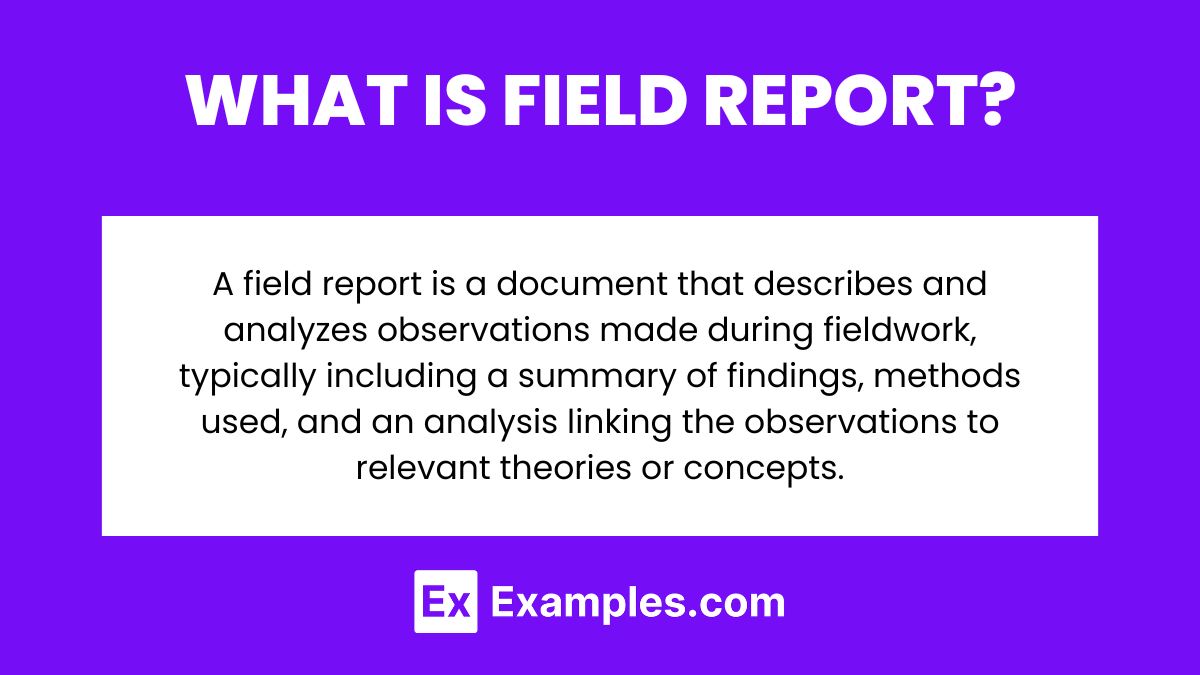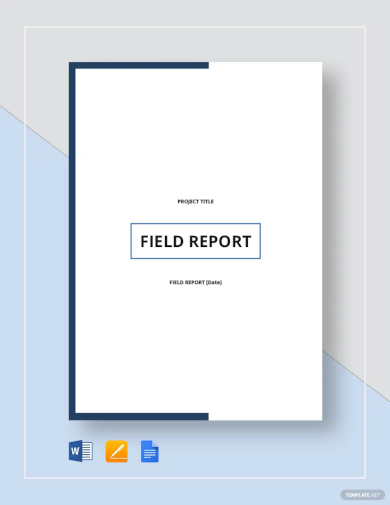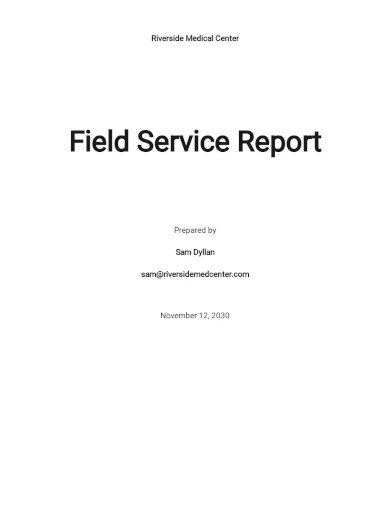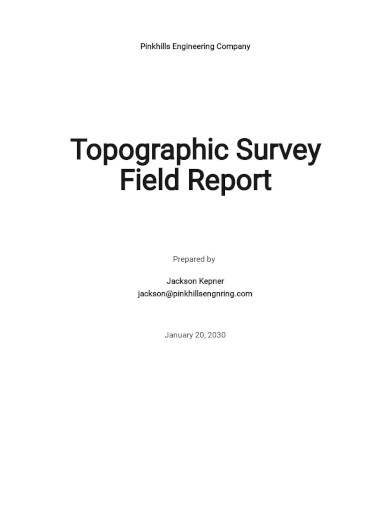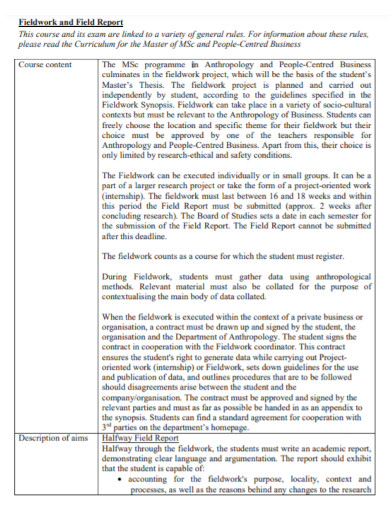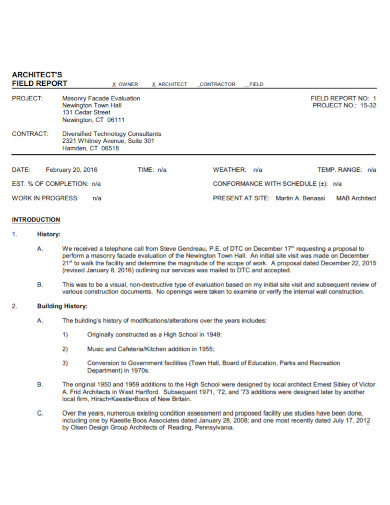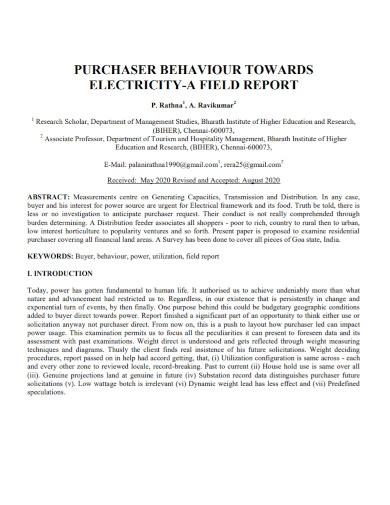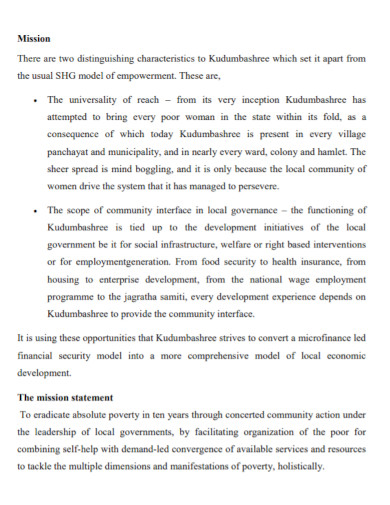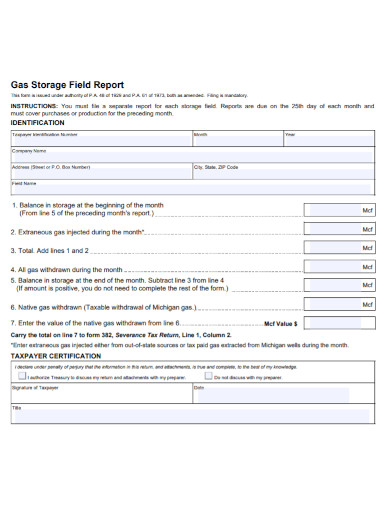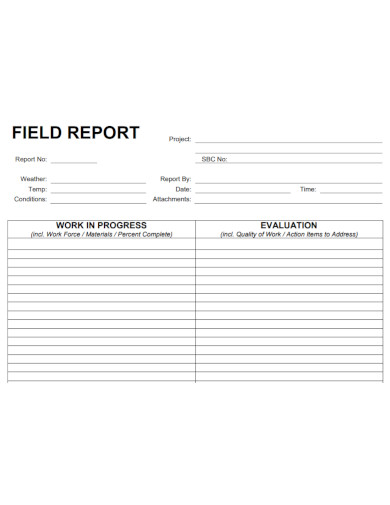Title: Field Report on [Topic]
Date: [Insert Date]
Location: [Insert Location]
1. Objective
The purpose of this field report is to [briefly describe the goal or purpose of the field study].
2. Methods
- Date and Time: [Insert date and time of the field observation]
- Location: [Insert specific location where the observations took place]
- Equipment Used: [List any equipment used during the study]
- Procedure: [Briefly describe the procedure or methodology followed during the fieldwork]
3. Observations
- Environmental Conditions: [Describe the weather, climate, or environmental conditions during the study]
- Site Description: [Provide a brief description of the site, including physical features and relevant context]
- Observations:
- [Insert key observation 1]
- [Insert key observation 2]
- [Insert key observation 3]
4. Data Collected
- [Briefly list or describe the data that was collected, such as measurements, samples, or counts]
- [Include any tables or figures summarizing the data]
5. Analysis
- [Provide a brief analysis of the data, explaining any trends or patterns observed]
- [Discuss how the data relates to the objectives of the field study]
6. Conclusion
Summarize the key findings from the field study, stating whether the objectives were met and any significant results. Include recommendations for further study or action based on the findings.
Submitted by:
[Your Name]
[Your Title or Role]
[Date of Submission]


